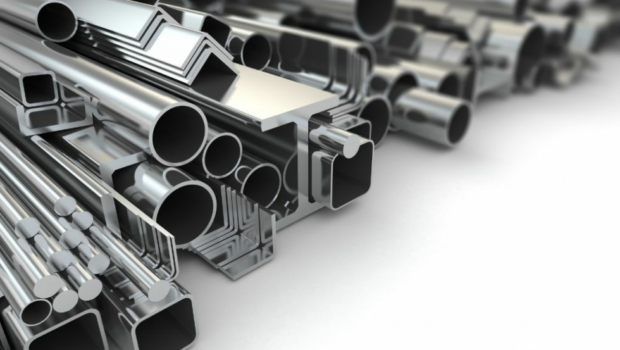Removing accumulated dust and grime from hard-to-reach areas in your home can be tricky.
So, rather than just skipping these hard-to-reach areas altogether, it’s good to use the tools and equipment to reach your desired results.
In this post, we’ll walk you through a handful of tools and ideas to let you clean hard-to-reach areas like a pro:
1. Ceilings and Moldings
Over time, dust and spider webs can accumulate in your ceilings and moldings. Use a long-handled duster, dry sponge mop, or broom to remove dust from these areas.
This allows you to whisk any unwanted debris. Also, ensure that you do this before cleaning the rest of the room so that you can easily vacuum anything that has fallen from it, such as debris.
2. Top of Cabinets and Other Tall Furniture
When you purchase a disposal duster with an extended handle, buy one with a pivoting head.
Doing so allows you to adjust the angle to reach the tops of the cabinets and tall pieces of furniture.
If you let dust and other particles accumulate on kitchen cabinets, things that you will need the following:
- Sturdy step stool
- A clean cloth dipped in a solution of two cups of warm water
- One teaspoon of dishwashing liquid
- One teaspoon of household ammonia
Wipe away, and wash the cloth afterward.
3. Windows, Sliding Doors, and Shower Door Tracks
You’d be surprised that these areas collect a large amount of dust and dirt, and cleaning them can be challenging, especially in tight spaces.
At Cleaning Execs, (home cleaning services NYC) we always tell clients that they might have to remove the screens first to give them a good cleaning.
You can also use a crevice tool in your vacuum or create a customized crevice cleaner. Remove loose dust and grime so that cleaning is a lot easier. After you’re done vacuuming, mix two cups of warm water, a teaspoon of dishwashing liquid, and one teaspoon of household ammonia.
Make sure that you use a stiff-bristled brush to scrub out the tracks, and then rinse it with plain water. You may use some vinegar to get rid of soap scum on the door tracks of the shower door, depending on the metal type.
Moreover, when cleaning the outside window and door tracks, use a pressure washer for the hose. A great burst of water makes the tracks sparkle.
4. Behind the Toilet
The floor and wall behind the toilet can be challenging to reach, especially when most cleaning tools can’t fit the space.
Use rubber gloves to get down to work efficiently. You can use knee pads as well. We recommend that you use a stiff brush to get rid of any loose dust, hair, and soil accumulating from it.
Furthermore, the crevice tool in your vacuum is a great way to suck out debris. To wipe the area, you can either use a sponge or soft brush and a disinfectant to wipe the area. This includes the back of the toilet. Make sure you rinse it with a sponge or cloth immersed in plain water. Then, dry it using a soft, dry cloth.
5. Clean the Shower Heads
Your showerheads also need cleaning since they accumulate dirt and grime over time. They can also be home to limescale. Depending on the showerhead’s structure and design, cleaning it may look difficult.
However, a simple trick is to make a solution from one cup of white vinegar and 1/3 of baking soda. Then, fill a clear plastic bag with the mixture, tying it over the shower head.
Finally, let it sit for about 2-3 hours, and rinse it afterward—dry using a paper towel.
6. Vacuum Your Vents
Use your vacuum cleaner to clean air vents. It’s best that you can one with an extendable brush. You can use this tool to remove of any loose dirt and dust.
In the same way, you can also clean it using a damp cloth to a butter knife and remove the dust between vents.
7. Dishwasher Filter
Another thing that’s commonly overlooked when cleaning is your dishwater filter. Yes, they need cleaning as well.
That’s because this tends to accumulate lost food and grease over time and to avoid having dirty dishes, ensure you regularly clean them.
If you don’t wash it often, there’s a tendency for food to remain there. This causes the dishwasher to smell, making it less efficient.
Over to You
So there you have it. Ensure you pay attention to these hard-to-reach areas in your home to promote good health.
Also, make sure you try out these clever hacks to get the best results possible. This also prevents the spread of diseases and kills germs and viruses responsible for any illnesses.





